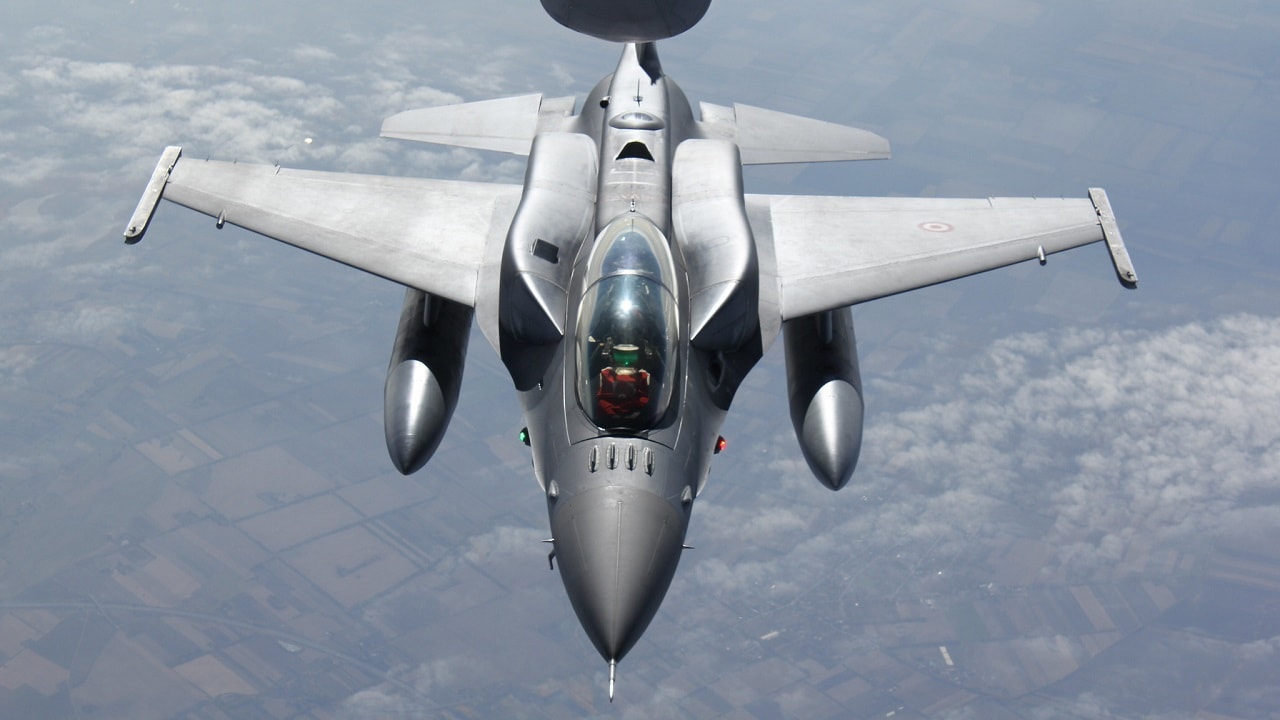Robert Farley

For months, analysts and politicos have debated the question of delivering Western fighter jets to Ukraine.
Supporters argue that training and transfers should move forward immediately, and detractors warn of escalation concerns and urge a focus on other priorities within Ukraine’s war effort.
In the past couple of days there appears to be some movement on the matter.
Operators of the F-16 Viper multi-role fighter jet, including the Netherlands, have expressed a willingness to transfer their aircraft to Ukraine. A leaked report from the U.S. Air Force suggests that pilot training for the F-16 could be completed in as little as four months, although there are likely some questions about the effectiveness of the pilots trained.
This puts things squarely in the court of the Biden administration. Because of the complex nature of the arms trade, Washington has a veto over the transfer of essentially any Viper in the world. Now, in apparent response to statements of interest from several operators, the Biden administration appears to be making clear that it will not veto the transfer of F-16s to Ukraine. More important, the Biden administration has also agreed to facilitate joint training of Ukrainian pilots on the F-16.
This all makes it extremely probable that F-16s will soon fly into combat over Ukraine.
What Has Gone Before
The move comes as concerns grow about the health of Ukraine’s air defense network.
While Ukrainian air defenses have shot down a significant number of Russian missiles (exact numbers are unreliable) and have kept fixed-wing Russian aircraft away from the front and away from Ukrainian cities, concerns have grown about the rate at which Ukraine expends its missiles.
If Ukraine ran out of missiles or simply had to curtail their use, Russia’s air forces would gain considerably greater tactical and strategic freedom.
The West has slowly escalated its support for Ukraine’s air force. It started by facilitating the transfer of spare parts and other equipment necessary to put MiG-29s in the air. This was followed in recent months by the decision to transfer MiG-29s from the stocks of former Warsaw Pact countries.
These efforts made it possible for Ukraine to field more aircraft than it flew at the outset of the conflict. The West also provided sophisticated equipment for these aircraft, improving their combat capacity.
Still, the legacy-Soviet fighter fleet faces stark technological limitations compared to modern Western fighters.
F-16 Impact
It’s hard to say what kind of impact the transfer of F-16s will have on the fighting in Ukraine.
Much depends on how swiftly the fighters are sent, and in what numbers.
The F-16 can do a little bit of everything, including tactical bombing, strategic bombing, suppression of enemy air defenses, interception, and air superiority.
And there are lots of F-16s available. Nine European countries operate or have operated the Viper, with several in the process of transitioning from the F-16 to the F-35.
Whether the F-16 will be committed to all of those roles depends to great extent on the weapons the West will provide, and on training. Even following basic training, it will take Ukrainian pilots time to master the intricacies of the aircraft and get the most out of its fighting capabilities. Ukrainian ground crew will need to master maintenance, and Ukrainian airfields will need to be updated.
F-16s could help solve Ukraine’s air defense problem and could keep Russia fixed-wing aircraft far away from the front. In numbers and with the appropriate weapons and training, they could help turn back Russian efforts at the front and contribute directly to the support of Ukrainian ground forces. Flying into the teeth of Russian air defenses is no mean feat, however, and we shouldn’t expect that Vipers will have a decisive impact anytime soon.
The West has transferred its most advanced tanks and its most advanced air defense systems to Ukraine over the past six months. These systems will be critical to the success of Ukrainian arms in the offensives of the summer and fall. There’s no reason at this point to draw a sharp line that includes tanks and excludes fighter aircraft. Indeed, looking ahead, it seems extraordinarily likely that the Ukrainian air force will require the transfer of advanced Western aircraft after the end of the war.
In all likelihood, F-16s will become representative of the West’s commitment to the sovereignty and independence of Ukraine, contributing symbolically and directly over the battlefield.
Dr. Robert Farley has taught security and diplomacy courses at the Patterson School since 2005. He received his BS from the University of Oregon in 1997, and his Ph. D. from the University of Washington in 2004. Dr. Farley is the author of Grounded: The Case for Abolishing the United States Air Force (University Press of Kentucky, 2014), the Battleship Book (Wildside, 2016), and Patents for Power: Intellectual Property Law and the Diffusion of Military Technology (University of Chicago, 2020). He has contributed extensively to a number of journals and magazines, including the National Interest, the Diplomat: APAC, World Politics Review, and the American Prospect. Dr. Farley is also a founder and senior editor of Lawyers, Guns and Money.
No comments:
Post a Comment